
Trichodesma indicum
(MRP Inclusive of all taxes)
- Shipping ₹79 for entire order
- Dispatch in 7 days
- Country of origin: India

(MRP Inclusive of all taxes)
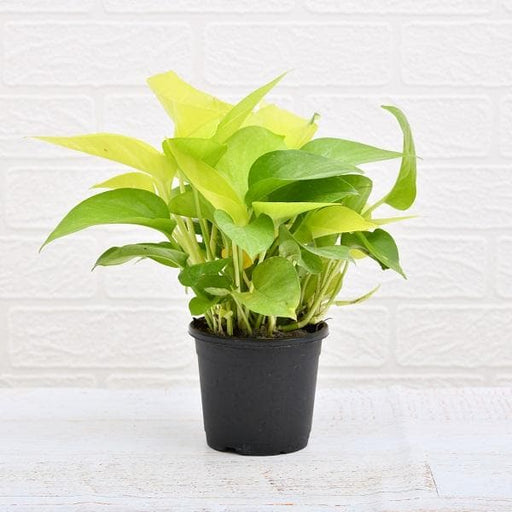 Save 29%
Save 29%
Air Purifier Money Plant with Pot The Air Purifier Money Plant, also known as Pothos or Epipremnum aureum, is a stunning indoor plant that...
View full details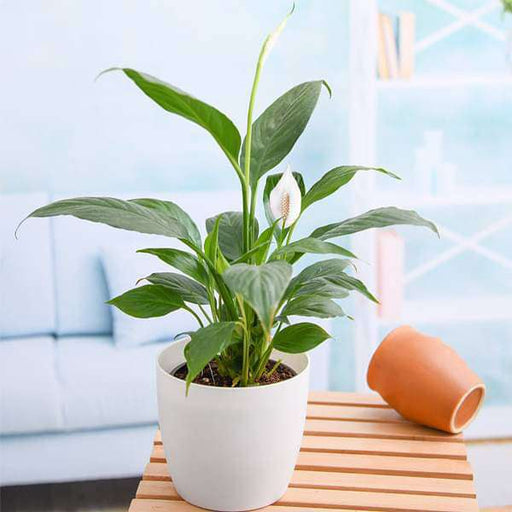
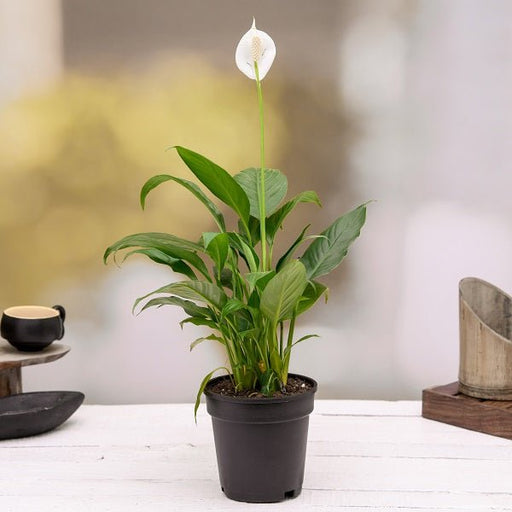 Save up to 15%
Save up to 15%
Peace Lily, Spathiphyllum - Plant The Peace Lily, scientifically known as Spathiphyllum, is a stunning houseplant celebrated for its elegant white...
View full details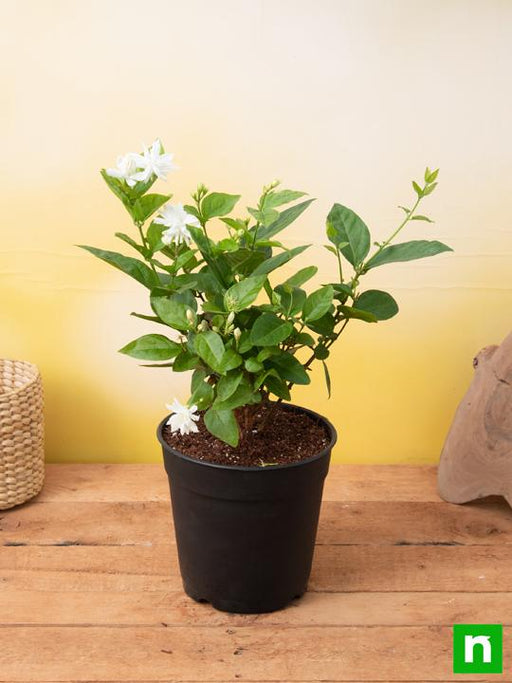
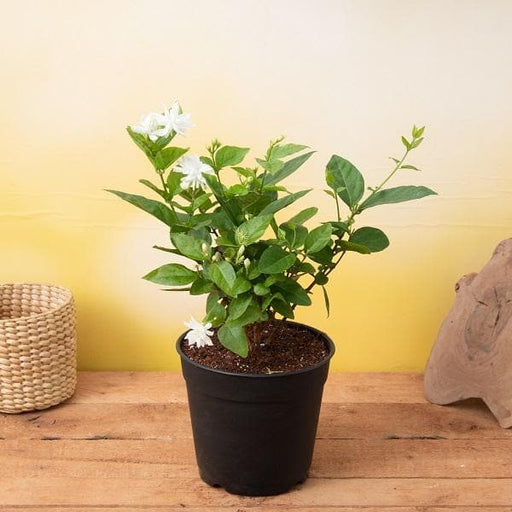 Save 25%
Save 25%
Jasminum sambac, Mogra, Arabian Jasmine - Plant Jasminum sambac, commonly known as Mogra or Arabian Jasmine, is a fragrant flowering plant...
View full details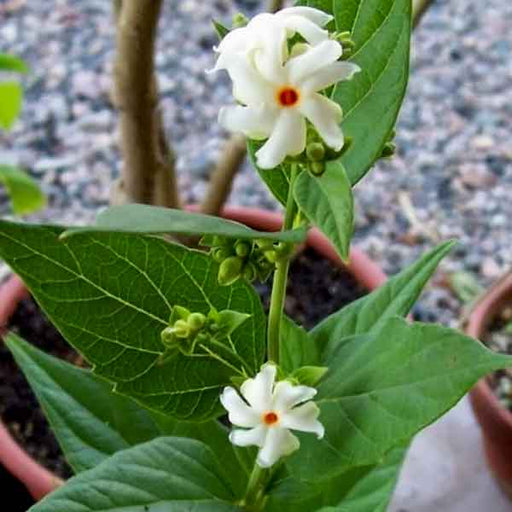
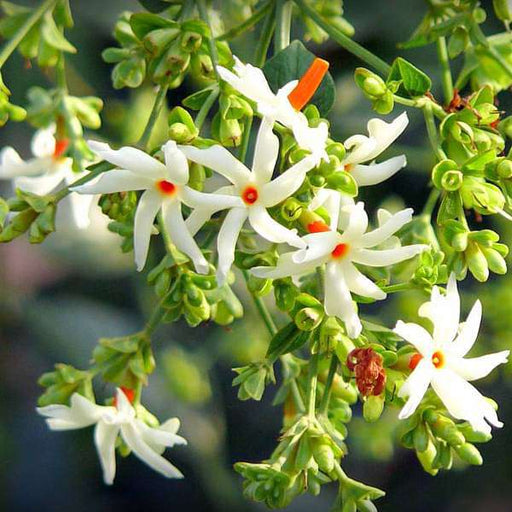 Save 18%
Save 18%
Combo Constituents Includes the Parijat Tree (Night-Flowering Jasmine), a culturally significant plant with fragrant flowers. Description The Pari...
View full details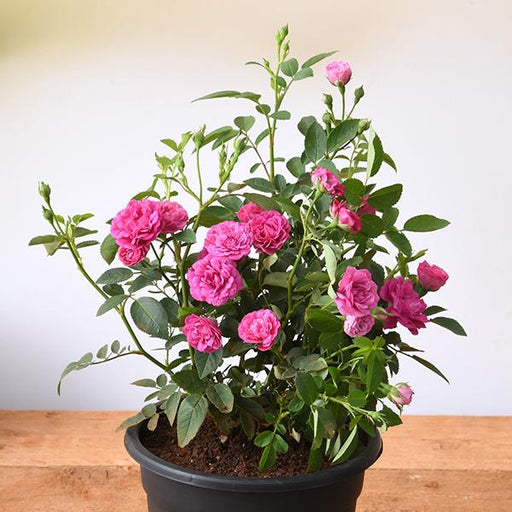
 Save 25%
Save 25%
Miniature Rose, Button Rose (Any Color) - Plant The Miniature Rose, also known as the Button Rose, is a charming and compact flowering plant that ...
View full details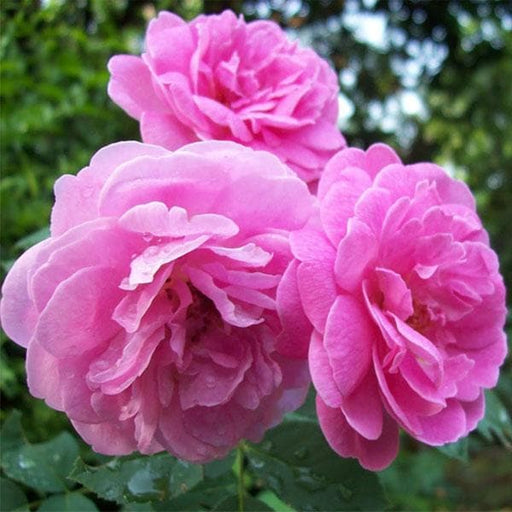 Save 25%
Save 25%
Damascus Rose, Scented Rose (Any Color) - Plant The Damascus Rose, also known as Rosa damascena, is a timeless symbol of beauty and romanc...
View full details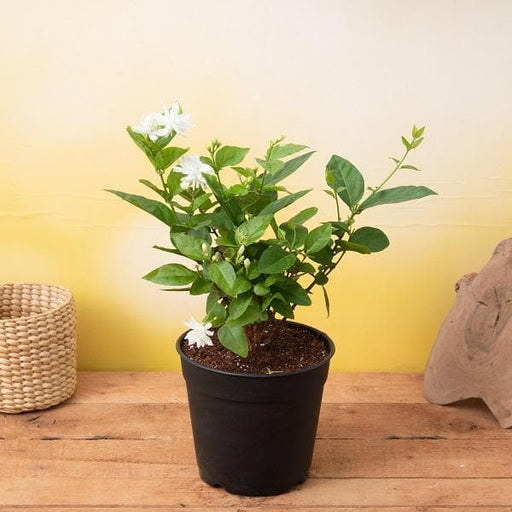
 Save 17%
Save 17%
Beautiful Fragrant Mogra, Arabian Jasmine Plant with Pot The Beautiful Fragrant Mogra, also known as Arabian Jasmine (Jasminum sambac), is...
View full details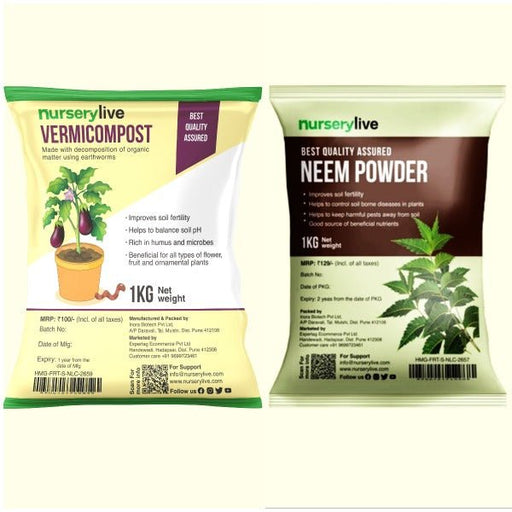 Save 15%
Save 15%
Pack of Vermicompost and Neem Cake for House Plants Transform your indoor garden with our premium Pack of Vermicompost and Neem Cake, spec...
View full details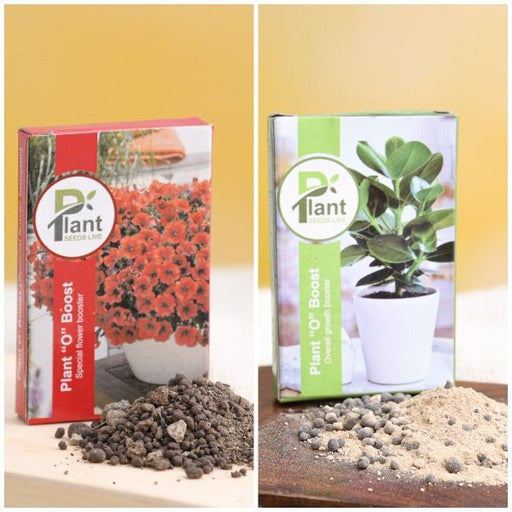
Pack of Plant Growth and Flower Boosters Unlock the full potential of your garden with our Pack of Plant Growth and Flower Boosters! This ...
View full details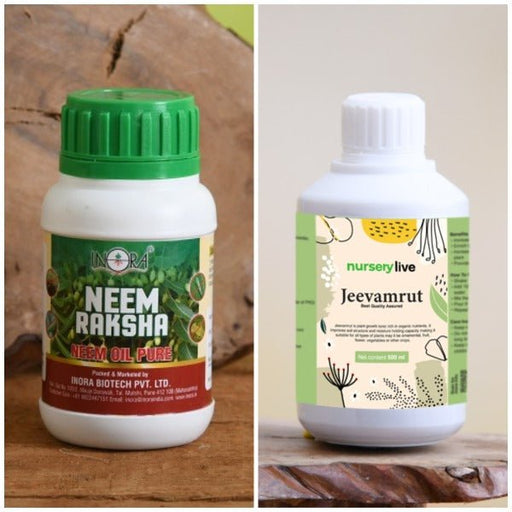 Save 38%
Save 38%
Combo of Jeevamrut and Neem Raksha for Easy Growth and Protection of Houseplants Transform your indoor garden with our exclusive combo of ...
View full details Save 22%
Save 22%
Plant Nutrients Kit (Pack of 16) for a Healthy Garden Transform your garden into a lush paradise with our Plant Nutrients Kit, featuring 1...
View full details Save 16%
Save 16%
Combo of Top Plant Fertilizers Elevate your gardening game with our exclusive Combo of Top Plant Fertilizers, featuring two bags of premiu...
View full details Save 24%
Save 24%
Pack of 4 Additives to Make Soil Healthy and Nutrient Rich Transform your garden into a thriving ecosystem with our Pack of 4 Additives de...
View full details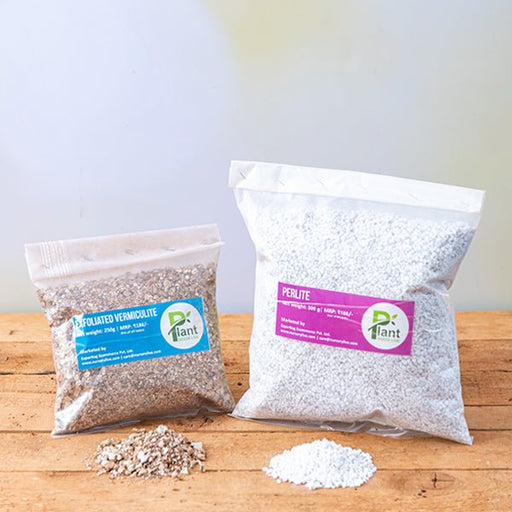 Save 30%
Save 30%
Transform your gardening experience with our premium Combo of Perlite and Vermiculite. This unique blend is designed to enhance soil aeration and ...
View full details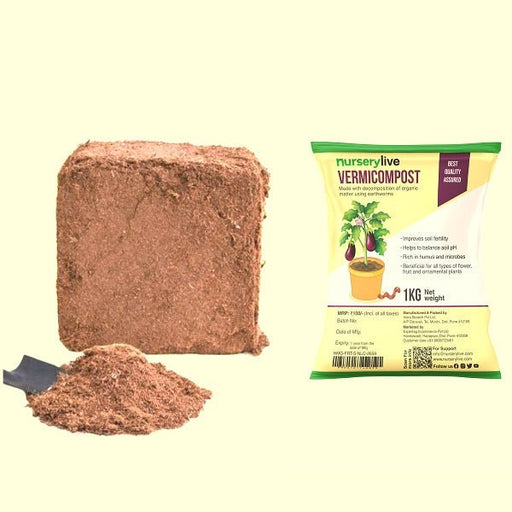 Save 27%
Save 27%
Combo of 2 Vermicompost and Cocopeat - Enrich Your Soil Naturally! Transform your garden into a thriving ecosystem with our Combo of 2 Ver...
View full details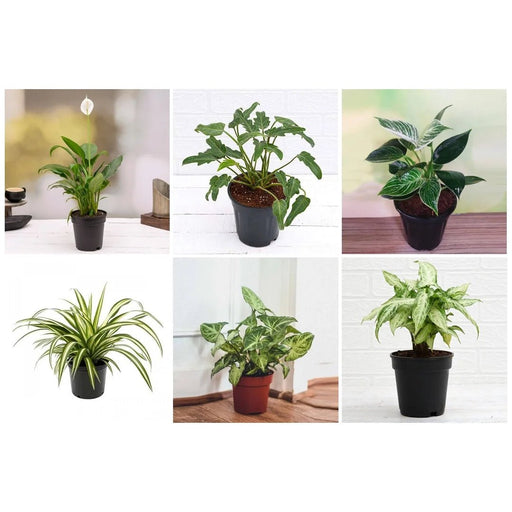
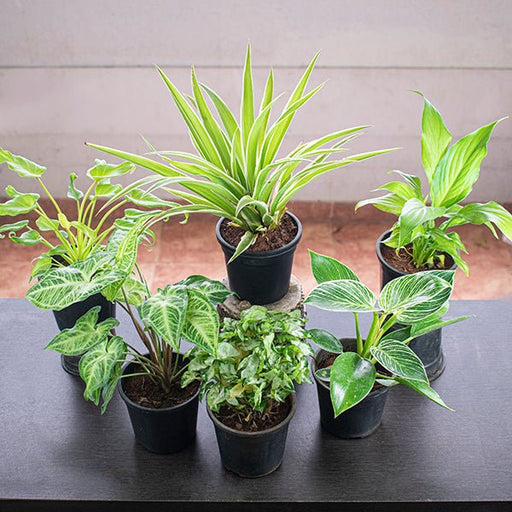 Save 35%
Save 35%
Best 6 Plants for Perfect Indoor Garden Transform your living space into a lush oasis with our curated collection of the Best 6 Plants for a...
View full details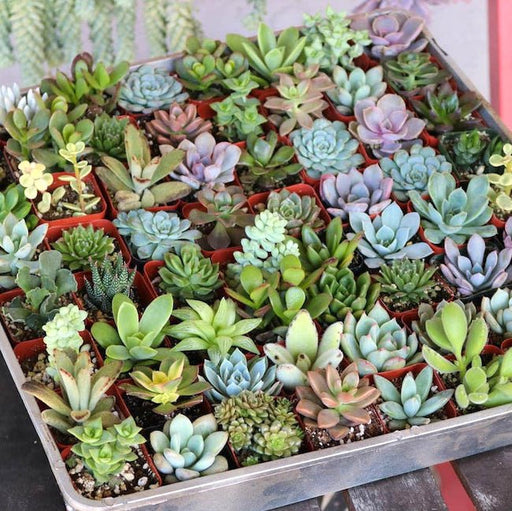
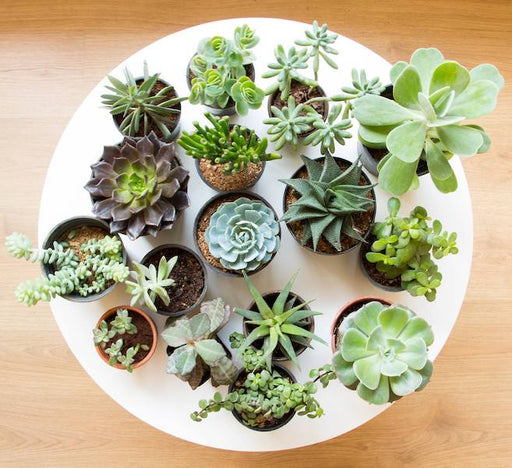 Save up to 50%
Save up to 50%
Mini Succulent Garden Pack Transform your space with our Mini Succulent Garden Pack, featuring a delightful collection of 4 any variety beautiful s...
View full details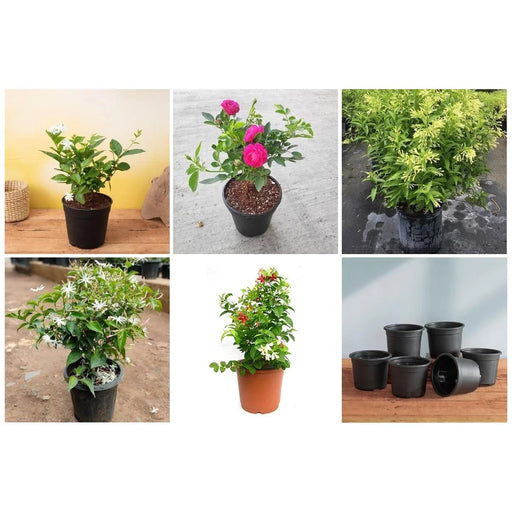
 Save 30%
Save 30%
5 Best Fragrant Plants Transform your garden or indoor space into a fragrant paradise with our curated selection of the 5 Best Fragrant Plants. Th...
View full details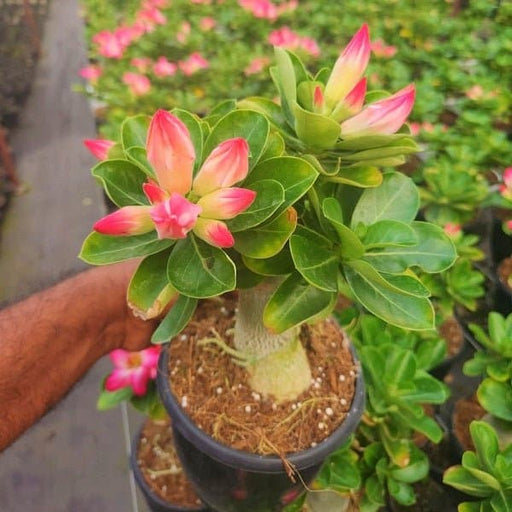
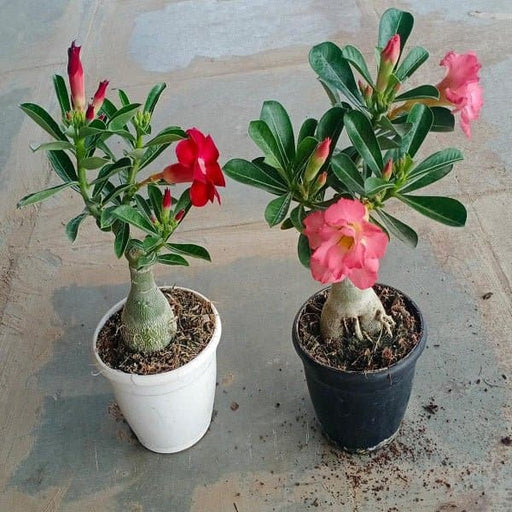 Save 24%
Save 24%
Set of 2 Bonsai Looking Grafted Adeniums Transform your indoor or outdoor space with our exquisite Set of 2 Bonsai Looking Grafted Adenium...
View full details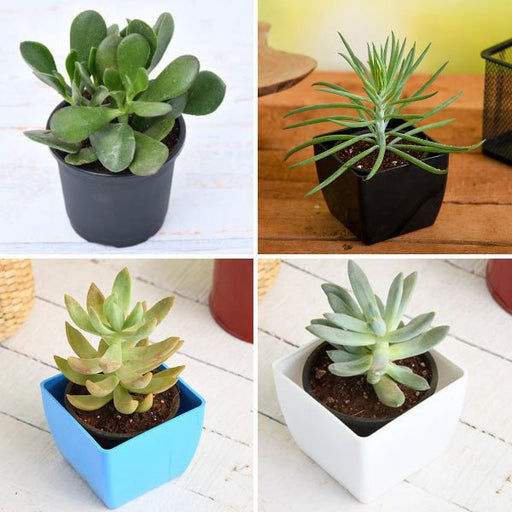 Save 45%
Save 45%
Top 4 Die Hard Succulents Pack Transform your indoor or outdoor space with our Top 4 Die Hard Succulents Pack, featuring a curated selecti...
View full details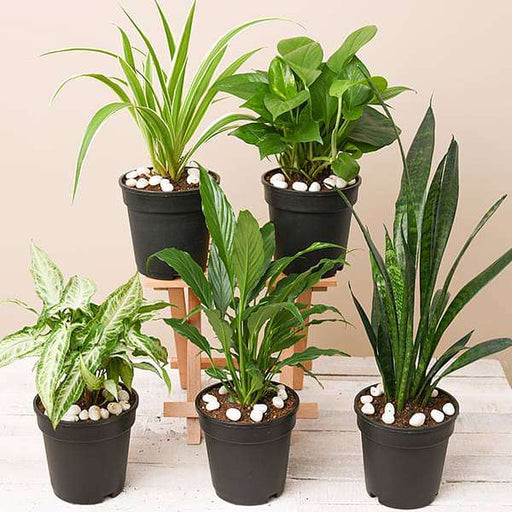
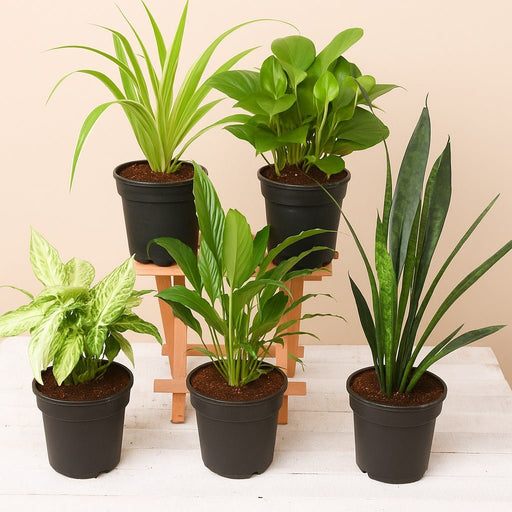 Save 30%
Save 30%
5 Best Indoor Plants Pack Transform your living space into a lush oasis with our '5 Best Indoor Plants Pack.' This carefully curated collection fe...
View full details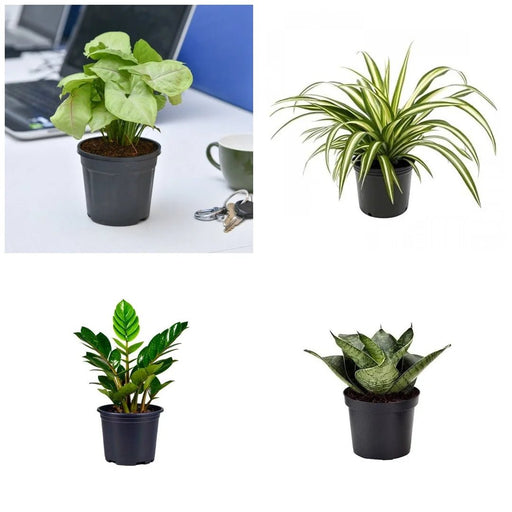
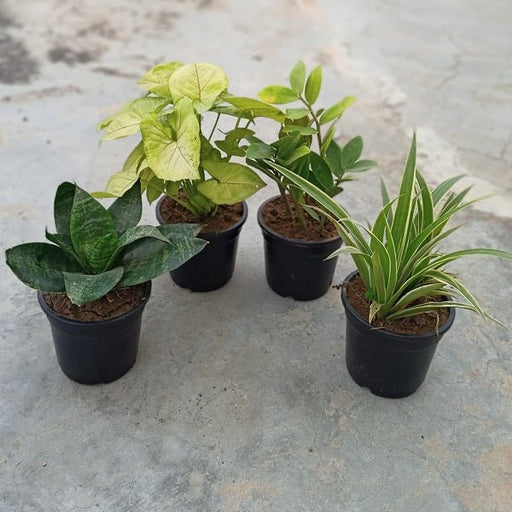 Save 25%
Save 25%
Set of 4 Evergreen Air Purifier Plant Pack Transform your indoor space into a lush, green oasis with our Set of 4 Evergreen Air Purifier Pla...
View full details| SrNo | Item Name |
|---|---|
| 1 | Trichodesma indicum |
Trichodesma indicum, commonly known as Indian Bluebell, is a perennial herbaceous plant native to tropical and subtropical regions of Asia. This stunning plant features vibrant blue flowers that bloom in clusters, attracting pollinators like bees and butterflies. With its unique foliage and striking blooms, Trichodesma indicum is not only a visual delight but also plays a vital role in supporting local ecosystems.
What makes Trichodesma indicum special is its adaptability to various soil types and climates, making it an excellent choice for gardeners looking to enhance biodiversity. Its ability to thrive in poor soils and withstand drought conditions highlights its resilience and ecological importance. This plant is also known for its medicinal properties, traditionally used in herbal remedies.
One of the standout features of Trichodesma indicum is its long flowering period, which can last from spring to fall. This extended bloom time not only beautifies gardens but also provides a continuous food source for pollinators. Additionally, its deep taproot helps improve soil structure and prevent erosion, making it an environmentally friendly choice for landscaping.
If you’re looking for a tree that’s not just a pretty face, Trichodesma indicum is your go-to green companion. This botanical wonder is known for its medicinal properties, including anti-inflammatory and antioxidant effects. Imagine a tree that doubles as your personal wellness guru, offering remedies straight from nature’s pharmacy. It’s like having a health coach that doesn’t charge you a dime!
Caring for Trichodesma indicum is like nurturing a friendship; it requires attention but rewards you with beauty. This tree thrives in well-drained soil and loves a good dose of sunlight. Water it moderately, and it’ll flourish like a social butterfly at a garden party. Just remember, too much water is like too much gossip—best avoided!
If you’re impatient for instant gratification, Trichodesma indicum might just be your new best friend. This tree boasts a moderate growth rate, meaning it won’t take forever to reach its full glory. In a few years, you’ll have a stunning specimen that’ll make your neighbors green with envy. It’s like watching a slow-motion movie that eventually turns into a blockbuster!
Trichodesma indicum is a tree that knows how to pick its friends—preferably in warm, tropical climates. Native to regions like India and Africa, it thrives in well-drained soils and loves a sunny disposition. Think of it as the socialite of the plant world, always seeking the best environments to show off its vibrant foliage.
This tree isn’t just a pretty sight; it’s a multitasker! From traditional medicine to ornamental landscaping, Trichodesma indicum wears many hats. It’s like the Swiss Army knife of trees, offering shade, beauty, and even herbal remedies. Who knew a tree could be so versatile?
Propagating Trichodesma indicum is easier than convincing your friend to binge-watch a new series. You can grow it from seeds or cuttings, making it a perfect project for both novice and seasoned gardeners. Just plant, water, and watch it grow—no complicated rituals required!
Every tree has its enemies, and Trichodesma indicum is no exception. While it’s generally pest-resistant, it’s wise to keep an eye out for aphids and caterpillars. Think of them as the pesky relatives that drop by unannounced. A little vigilance and some organic pest control will keep your tree thriving and drama-free.
Trichodesma indicum is a bit of a diva when it comes to soil. It prefers well-drained, sandy loam that allows its roots to breathe. Too much clay, and it’ll sulk like a child denied dessert. So, give it the right foundation, and it’ll reward you with lush foliage and vibrant blooms.
When it comes to flowering, Trichodesma indicum knows how to throw a party! Its stunning blue flowers bloom in clusters, attracting pollinators like bees and butterflies. It’s like a floral fiesta that brings life to your garden. Who wouldn’t want a tree that’s the life of the party?
If you’re looking to elevate your landscaping game, Trichodesma indicum is your secret weapon. Its striking appearance and moderate size make it perfect for borders, focal points, or even as a shade provider. It’s like the stylish accessory that completes your garden ensemble.
This tree is a sun-worshipper, thriving in warm climates with plenty of sunshine. If you live in a cooler area, it might just give you the cold shoulder. So, if you want to cultivate this beauty, make sure you’re in a region that can provide the warmth it craves. After all, nobody likes a tree that’s always shivering!
Trichodesma indicum is a charming little plant native to India, often called the Indian bluebell. With its vibrant blue flowers, it’s like nature’s way of throwing a garden party. This perennial herb is not just a pretty face; it’s also known for its medicinal properties. Who knew beauty could be so useful
You can find Trichodesma indicum gracing the landscapes of India, particularly in dry regions. It thrives in sunny spots, so think of it as the sunbather of the plant world. If you’re not in India, check your local botanical gardens or specialty nurseries. Just don’t forget to ask nicely!
Growing Trichodesma indicum is like hosting a low-maintenance guest. It loves well-drained soil and plenty of sunlight. Just plant the seeds or cuttings, water them occasionally, and watch them bloom into a stunning display. Remember, it’s a drought-tolerant plant, so don’t drown it with love—err, water!
Trichodesma indicum isn’t just a pretty flower; it’s also a herbal superstar! Traditionally, it’s been used to treat ailments like coughs and skin issues. Think of it as nature’s little pharmacy, offering remedies without the long lines. Just remember, consult a professional before you start your herbal adventures!
Absolutely! Trichodesma indicum is like the easy-going friend who never asks for much. It thrives in poor soil and requires minimal watering. Just give it some sunlight and a little space to grow, and it’ll reward you with beautiful blooms. Perfect for those who want a garden without the drama!
Yes, indeed! Trichodesma indicum is like a magnet for pollinators, especially bees and butterflies. Its vibrant flowers are nature’s way of saying, “Come on over, pollinators!” Plant it in your garden, and you’ll have a buzzing party of beneficial insects. Who knew gardening could be such a social affair
Trichodesma indicum prefers a warm, dry climate, much like a sun-loving beachgoer. It thrives in temperatures ranging from 20°C to 35°C. If you live in a cooler area, consider giving it a cozy indoor spot during winter. Just remember, it’s not a fan of frost—no chilly receptions for this plant!
Trichodesma indicum can reach heights of about 1 to 2 feet, making it a delightful addition to any garden. It’s not trying to steal the spotlight but rather complement your landscape. Think of it as the charming sidekick in your garden’s superhero story—always there, but never overshadowing the main act!
Fear not! Trichodesma indicum is not known to be invasive. It’s more of a well-mannered guest in the garden, keeping to itself while still making a statement. However, like any plant, it can spread if conditions are just right. Just keep an eye on it, and you’ll be fine!
While Trichodesma indicum is a star in the herbal medicine world, it’s not exactly a culinary superstar. Its leaves can be used in traditional dishes, but they’re not the main course. Think of it as a garnish—nice to have, but not the dish you’d want to serve at a fancy dinner party!
Trichodesma indicum is generally pest-resistant, but it’s not completely off the hook. Watch out for aphids and spider mites, who might try to crash the party. A little neem oil or insecticidal soap can send them packing. Keep your plant happy, and it’ll keep the pests at bay!
Trichodesma indicum typically blooms from late spring to early fall, putting on a colorful show for several months. It’s like the plant version of a summer blockbuster—full of excitement and beauty! Just make sure it gets enough sunlight, and it’ll keep the floral festivities going strong!